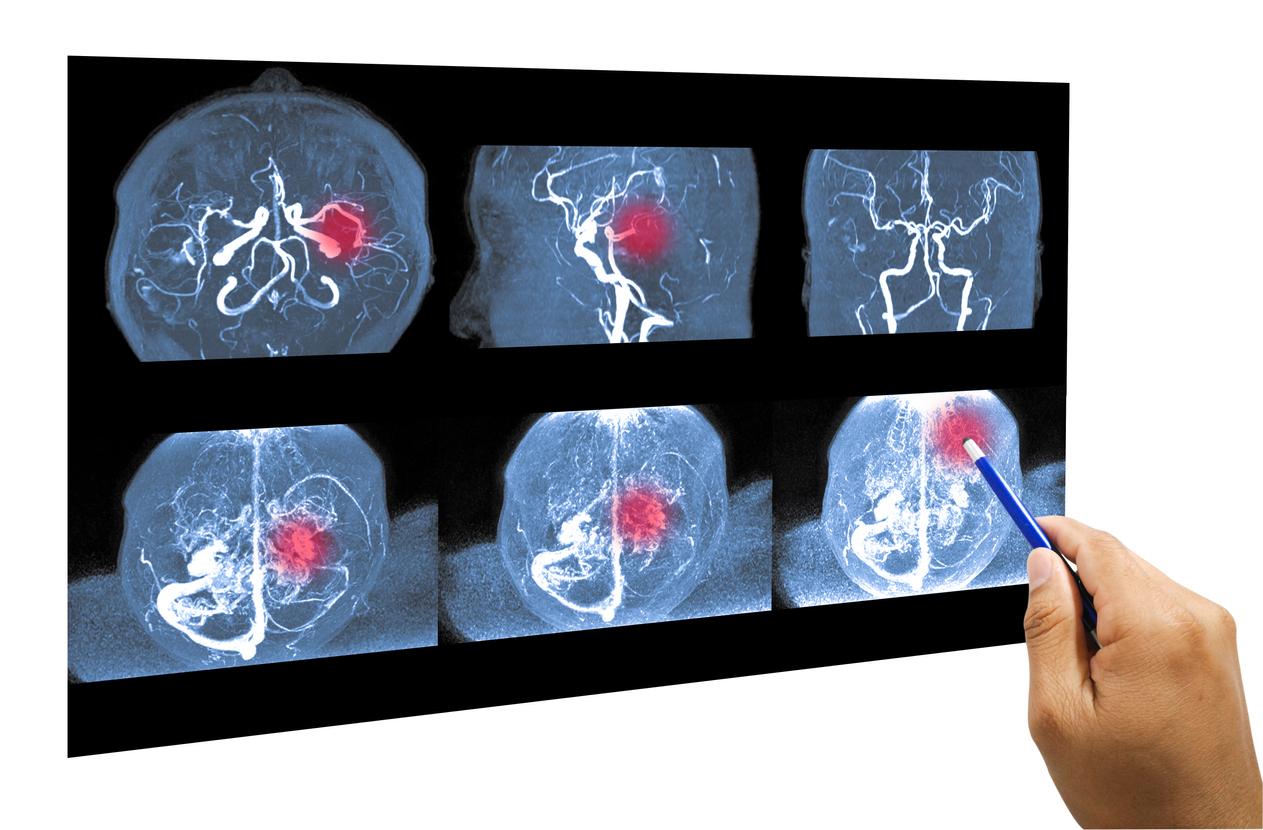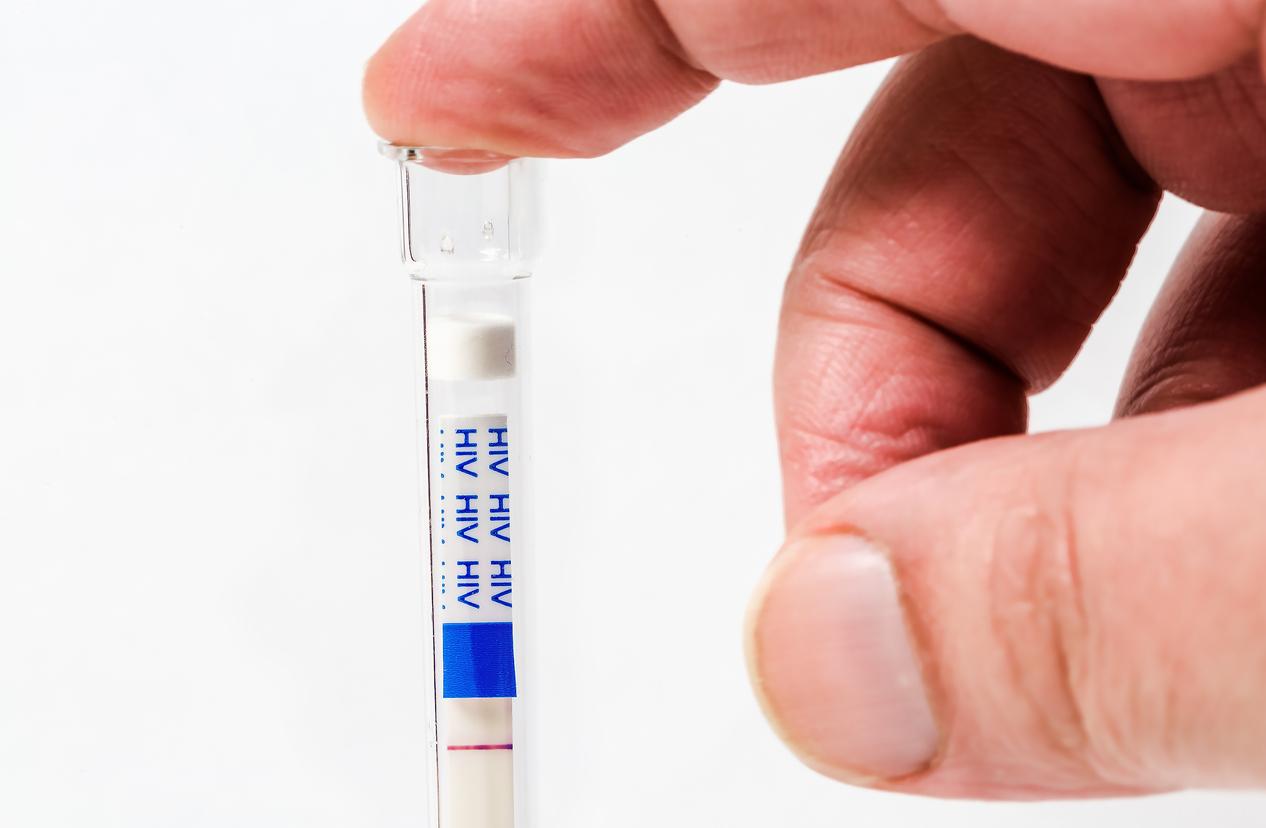People living with HIV are more at risk of developing brain aneurysms.

- People living with HIV are more at risk of suffering from brain aneurysms.
- Brain aneurysms are responsible for about 10% of strokes.
- Some of the risk factors for brain aneurysms include high blood pressure, obesity, diabetes, etc.
In 2021, between 33.9 and 43.8 million people were living with the human immunodeficiency virus (HIV), according to the world health organization (WHO). According to a new study published in the journal Journal of Strokethe latter would be more at risk of developing cerebral aneurysms.
Several risk factors for brain aneurysms
Brain aneurysms are more common in people between the ages of 30 and 60, and women are more prone to them than men, according to the MSD Manual. They can be defined as focal dilations of the arteries. These dilations are characterized by a pocket of blood which slowly grows in the wall of the artery and weakens it. When there is a ruptured aneurysm, this causes internal bleeding which can be very serious, especially when it comes to the cerebral artery. According to the Vidalbrain aneurysms are responsible for about 10% of strokes.
There are several risk factors for brain aneurysms: age, family history, obesity, diabetes, high blood pressure, smoking, chronic alcoholism, excess lipids (cholesterol) in the blood, a head trauma or a major lesion of the thorax, certain infectious or genetic diseases… And, according to this new research, the HIV virus, which could constitute an additional risk factor.
82 brain aneurysms identified in 50 patients living with HIV
To reach this conclusion, the scientists analyzed the medical records of adults hospitalized in a US medical center between January 1, 2000 and October 22, 2021. All patients had a history of at least one brain aneurysm and HIV.
Result: A total of 82 brain aneurysms were identified in the 50 patients, the majority of whom – 52% – were female. Some have had multiple aneurysms over the years. “It is important to recognize that adults living with HIV, and especially those with weaker immune systems, are at higher risk of developing aneurysms“, explains Emily White, one of the authors of this study. Nevertheless, further studies are needed to establish a causal link between HIV and the formation of brain aneurysms.


















